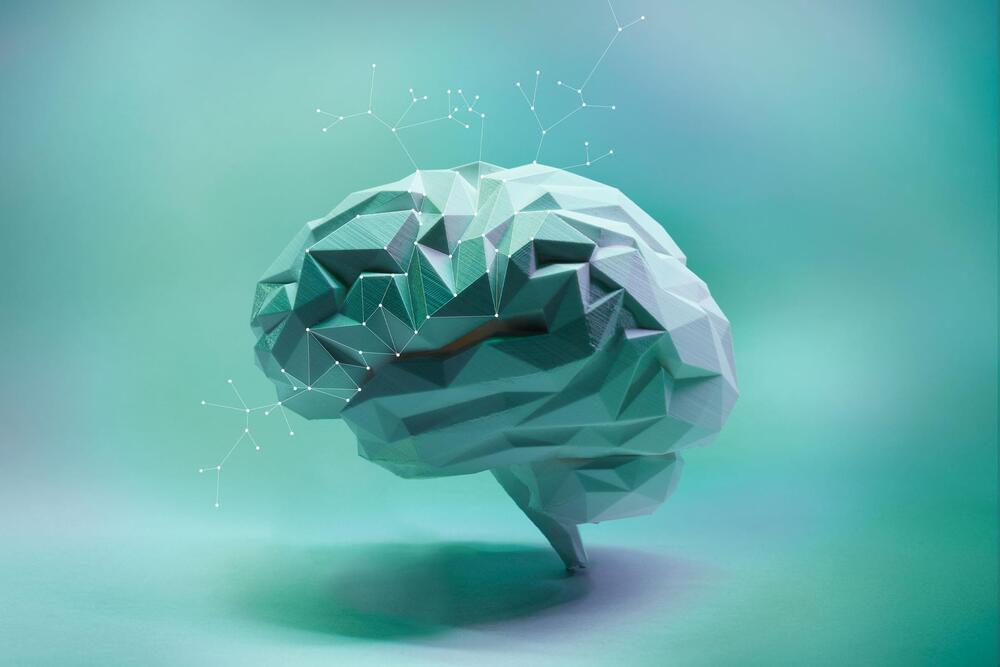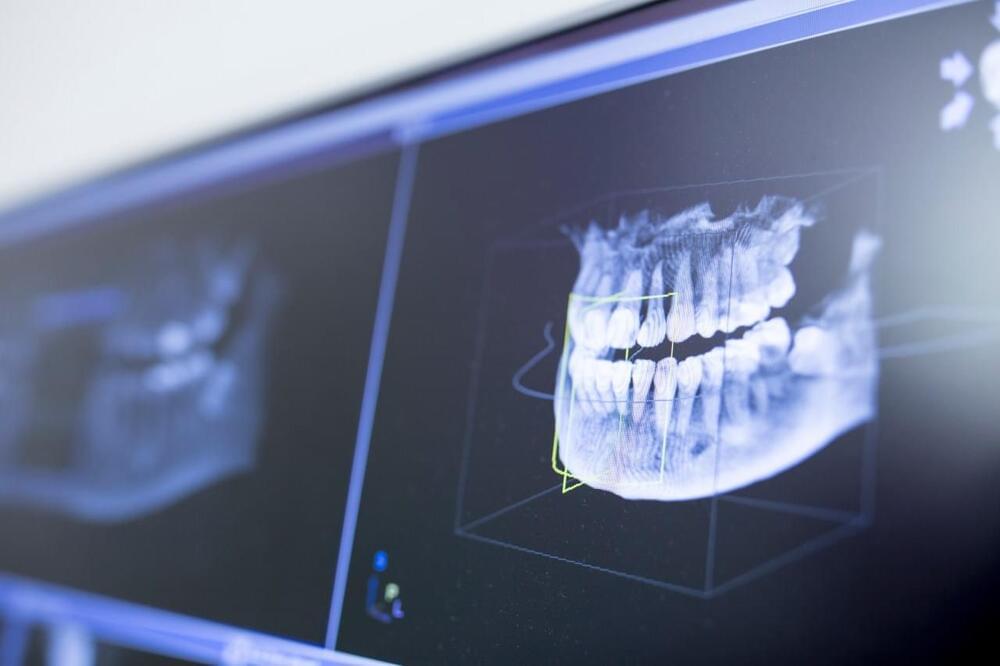Jun 24, 2024
Chilling Discovery: Ancient Protein Discovery Could Redefine How We Treat Pain
Posted by Saúl Morales Rodriguéz in categories: bioengineering, biotech/medical, chemistry
Menthol detection predates the sensation of cold, indicating separate activation mechanisms that can be distinguished. This differentiation opens possibilities for novel pain treatments that avoid unwanted thermal side effects.
Millions of people around the globe suffer from chronic pain, and many existing treatments depend on opioids, which have significant addiction and overdose risks. Developing non-addictive pain relief options could transform how pain is managed. Recent research focusing on a human protein that controls cold sensations are paving the way for new pain medications. These innovative drugs aim to manage pain without altering body temperature or posing addiction risks.
A new study published in Science Advances on June 21, led by Wade Van Horn, professor in Arizona State University’s School of Molecular Sciences and Biodesign Center for Personalized Diagnostics, has uncovered new insights into the main human cold and menthol sensor TRPM8 (transient receptor potential melastatin 8). Using techniques from many fields like biochemistry and biophysics, their study revealed that it was a chemical sensor before it became a cold temperature sensor.
















